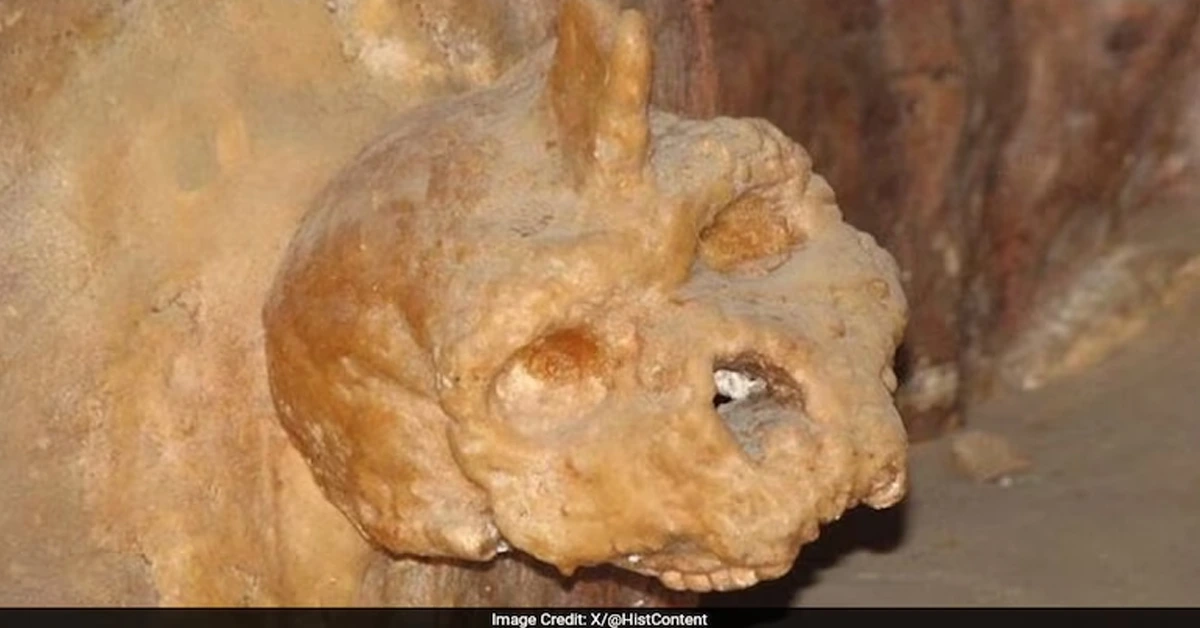
A 300,000-year-old fossil known as the Petralona skull—discovered in northern Greece more than six decades ago—may have finally been identified.
Unearthed in 1960 from Petralona Cave in Chalkidiki, the mysterious cranium puzzled scientists for years due to its uncertain origins. Now, new uranium-thorium dating has revealed that the fossil likely belonged to Homo heidelbergensis, a primitive species that lived in Europe alongside Neanderthals.
Once thought to be anywhere between 170,000 and 700,000 years old, uranium-series analysis of the calcite layers encasing the skull has placed its minimum age at 286,000 years. This finding aligns with earlier research pointing towards Homo heidelbergensis—a human ancestor that evolved in Africa between 300,000 and 600,000 years ago, with some populations migrating into Europe roughly half a million years ago.
According to the study, published in the Journal of Human Evolution, “the Petralona hominin forms part of a distinct and more primitive group than Homo sapiens and Neanderthals. The new age estimate further supports the coexistence of this population alongside the evolving Neanderthal lineage in the later Middle Pleistocene of Europe.”
The European branch of Homo heidelbergensis is believed to have eventually evolved into Neanderthals, while their African counterparts may have been direct ancestors of modern humans.
Petralona Cave, where the skull was embedded in limestone and fused to the wall by calcite deposits, lies about 50 kilometres from Thessaloniki. Uniquely, the skull had a stalagmite growth protruding from its forehead, giving it a striking “unicorn-like” appearance when first found. Based on its size and structure, scientists suggest the fossil belonged to a male, earning it the nickname “Petralona man.”
The fossil also shows close resemblance to the Kabwe skull discovered in Zambia, which dates to around the same period and is likewise attributed to Homo heidelbergensis.
With this new evidence, the Petralona skull not only sheds light on a crucial stage of human evolution but also strengthens the theory of multiple hominin species coexisting in prehistoric Europe.
ALSO READ | Ancient City Gate Dating Back 5,500 Years Unearthed In Israel
The Story Mug is a Guwahati-based Blogzine. Here, we believe in doing stories beyond the normal.